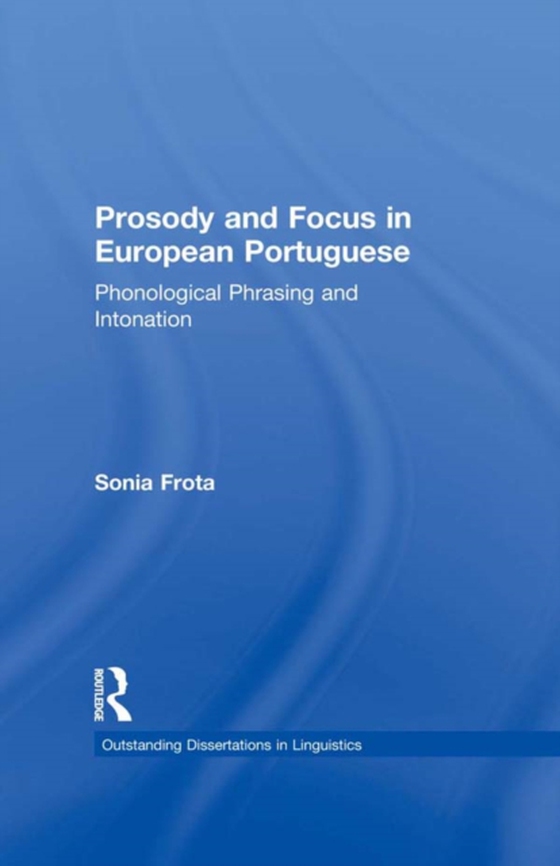
Prosody and Focus in European Portuguese e-bog
436,85 DKK
(inkl. moms 546,06 DKK)
This work is an investigation of the relation between prosodic structure, intonational structure and (some instances of) focus realisation in European Portuguese (EP). The prosodic account has been developed within the relation-based framework of prosodic hierarchy theory and the autosegmental-metrical theory of intonational phonology. The approach is both theoretical and laboratory phonology...
E-bog
436,85 DKK
Forlag
Routledge
Udgivet
21 januar 2014
Længde
458 sider
Genrer
2ADP
Sprog
English
Format
pdf
Beskyttelse
LCP
ISBN
9781135714420
This work is an investigation of the relation between prosodic structure, intonational structure and (some instances of) focus realisation in European Portuguese (EP). The prosodic account has been developed within the relation-based framework of prosodic hierarchy theory and the autosegmental-metrical theory of intonational phonology. The approach is both theoretical and laboratory phonology research. Based on the analysis of various types of evidence (i.e. Gandhi processes, rhythmic, intentional and boundary strength phenomena), issues such as prosodic layering and the effect of branchingness and phrase length on prosodic phrasing are discussed. Specifically, I-recursion in the form of restricted Compound Prosodic Domains is argued for. Moreover, the fact that the diverse manifestations of prosodic structure point to the same hierarchical organization of the flow of speech into Fs and Is crucially assigns to the prosodic hierarchy a pivotal place in phrasal phonlogy. Attention is paid, furthermore, to aspects of intonational structure like tonal association and alignment, the characterization of leading and trailing tones, and pitch accents structure. It is argued that the HL accents of EP are 'real' bitonal events whose features favour a hierarchical-structured analysis of pitch accent structure. With regard to focus, it is shown that in EP focus is phonologically expressed by means of stress and accents effects and crucially not by means of phrasing effects. And crucially not by means of phrasing effects. Of particular importance is the selection of a special pitch accent to convey (early or late) focus, and the implications it has or the standard positional account of prominence and the stress reversal analysis of prominence patterns. Throughout the work, the EP findings, as well as the proposals set forth, are discussed from a cross-linguistic perspective, with special reference to languages like English, Dutch, German, different varieties of Italian, and Bengali. Also relevant to a general understanding of the prosodic reflexes of focus are languages like Hungarian, Korean, Basque and Wolof.
 Dansk
Dansk

